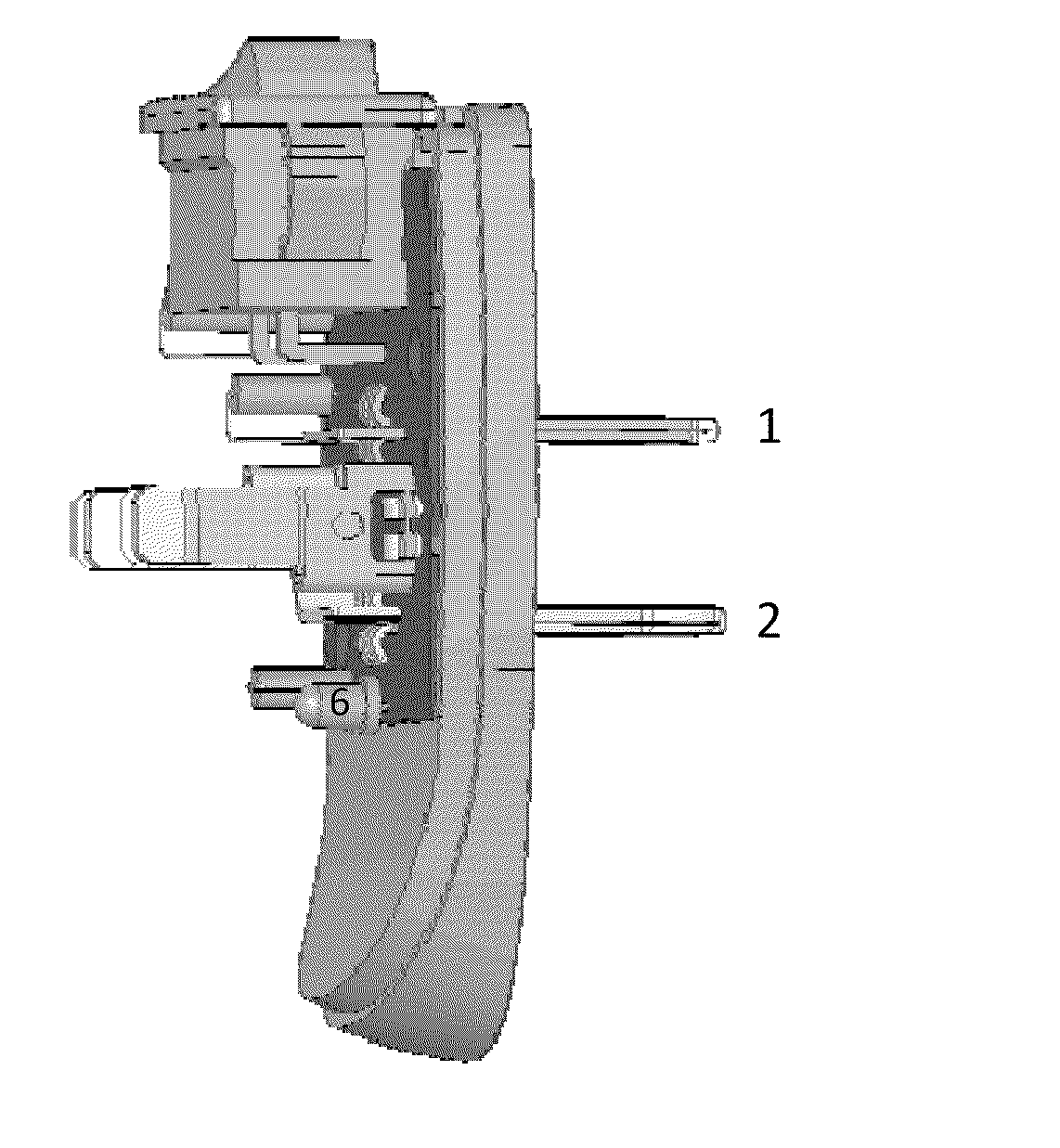Phantom power saver power tap
a power tap and phantom technology, applied in the direction of electrical discharge lamps, coupling device connections, switchgear with withdrawable carriages, etc., can solve the problems of reducing the utility of a three to one or six to one power tap, metal receptacles are covered or smothered, and the disadvantage of large size of power taps, so as to reduce electricity production and consumption, eliminate the consumption of phantom power, and reduce the effect of electricity costs for consumers
- Summary
- Abstract
- Description
- Claims
- Application Information
AI Technical Summary
Benefits of technology
Problems solved by technology
Method used
Image
Examples
Embodiment Construction
[0042]Apparatus Aspect
[0043]Referring to FIG. 1 showing a first preferred embodiment of the phantom power saver switch power tap in accordance with the present invention, the power tap 10 includes a first insulation casing 6 and a second insulation casing 7 coupled to the first insulation casing 6 to form a closed space to receive a printed circuit board 8, a pair of conductive male blades 1,2, a pair of conductive female receptacles as accessed through holes 3,5 and a switch 4 therein.
[0044]The second insulation casing 7 defines a receiving space to seat the printed circuit board where the male blades 1, 2 pass though rectangular holes 11,12 to form a pair of male electrical plug blades external to insulation casing 7, leaving the printed circuit board seated in receiving space of insulation casing 7.
[0045]The printed circuit board defines a pair of male blades 1,2 visible externally to insulation casing 7 and a pair of receiving female receptacle holes 3,5. The male blades 1,2 ext...
PUM
 Login to View More
Login to View More Abstract
Description
Claims
Application Information
 Login to View More
Login to View More - R&D
- Intellectual Property
- Life Sciences
- Materials
- Tech Scout
- Unparalleled Data Quality
- Higher Quality Content
- 60% Fewer Hallucinations
Browse by: Latest US Patents, China's latest patents, Technical Efficacy Thesaurus, Application Domain, Technology Topic, Popular Technical Reports.
© 2025 PatSnap. All rights reserved.Legal|Privacy policy|Modern Slavery Act Transparency Statement|Sitemap|About US| Contact US: help@patsnap.com



